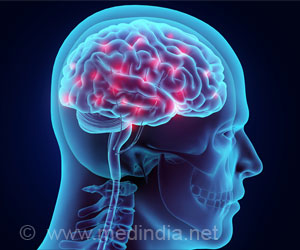Researchers have revealed that mice with Down syndrome characteristics perform better on memory and learning tasks as adults if they were treated before birth with neuroprotective peptides.

According to the Centers for Disease Control and Prevention, Down syndrome occurs in 1 of every 691 births. Features of Down syndrome include delays in mental and physical development and poor muscle tone. These features may vary greatly, ranging from mild to severe.
The researchers studied growth factors that are important at certain key stages of brain development in the womb. Named for the first three amino acids making up their chemical sequence, NAP and SAL, are small peptides (small protein sub units) of two proteins. These two proteins enhance the ability of brain cells to receive and transmit signals, and enable them to survive. (NAP is an abbreviation for NAPVSIPQ and SALfor SALLRSIPA.)
The mice in the study had an extra copy of mouse chromosome 16, which has mouse counterparts to 55 percent of the genes on human chromosome 21.
The researchers treated pregnant mice with NAP and SAL for five days, then tested the mouse offspring at 8 to 12 months of age, comparing them to mice treated with a saline solution (placebo). Mice with the extra chromosomal material that were treated with NAP and SAL in the womb learned as well as mice that did not have the extra chromosome, and significantly faster than mice with the extra chromosome that were treated with saline solution.
"Our study has provided important information that may help in the understanding of Down syndrome," said senior author Catherine Y. Spong, M.D., chief of the unit on perinatal and developmental neurobiology at the Eunice Kennedy Shriver National Institute of Child Health and Human Development (NICHD), the NIH institute where the research was conducted.
Advertisement
In an earlier study, Dr. Spong and her colleagues found that, if treated with NAP and SAL in the womb, mice with the extra copy of chromosome 16, achieved developmental milestones earlier than did mice with an extra copy of chromosome 16 that had not been treated. In that study, the researchers examined developmental milestones for sensory, motor skill, and muscle tone development in the first three weeks of life.
Their findings appeared online in PLOS ONE.
Source-ANI








